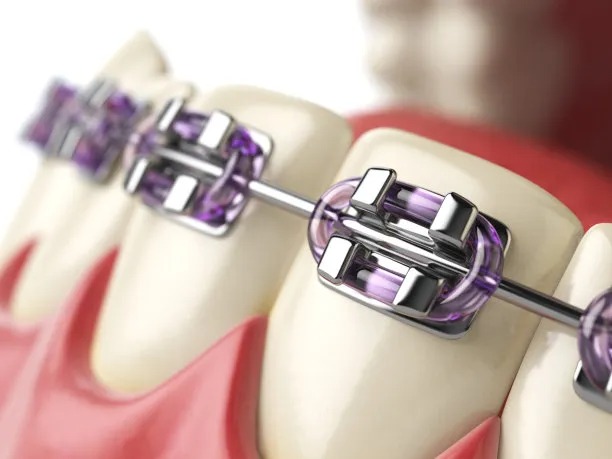Understanding the Process and Importance of Extracting a Tooth in Dental Care Procedures for Better Oral Health
Summary: Tooth extraction is an integral procedure in dental care that impacts overall oral health. This article explores the reasons behind tooth extraction, the steps involved in the procedure, potential risks and complications, and aftercare practices necessary for optimal recovery. Understanding this process ensures better patient experiences and contributes to maintaining healthy teeth and gums. Ultimately, extracting a tooth, when necessary, can lead to improved dental health and function.
1. Reasons for Tooth Extraction in Dental Care

Tooth extraction may be necessary for several reasons in dental care. One common reason is severe tooth decay that compromises the structural integrity of a tooth. When decay penetrates deeply, it can lead to infection and pain, prompting the need for extraction to prevent further complications.
Another reason includes periodontal disease, which affects the gums and bone supporting the teeth. Advanced gum disease can lead to tooth mobility, making extraction the best option to restore oral harmony and health. Furthermore, overcrowding is often addressed through extraction, particularly in orthodontic treatments, to create space for proper alignment of the remaining teeth.
Lastly, dental trauma, such as fractures or injuries to the tooth, can necessitate extraction. If a tooth is broken beyond repair or exposed to significant damage, removing the tooth might be essential to restore functionality and aesthetics.
2. The Tooth Extraction Procedure Explained
The tooth extraction procedure typically begins with a detailed examination and radiographic imaging to assess the tooths condition and its roots. Once the assessment is complete, the dentist will explain the procedure, ensuring the patient understands each step involved.
During the extraction, the dentist administers local anesthesia to numb the area, minimizing discomfort. There are two main types of extractions: simple and surgical. A simple extraction involves removing a visible tooth, while a surgical extraction may be necessary for teeth that are not fully erupted or are broken beneath the gum line.
After the tooth is safely removed, the dentist may provide specific post-operative care instructions. This includes guidance on managing pain and swelling, which may involve applications of ice packs and prescribed medications, ensuring the patients comfort during recovery.
3. Risks and Complications of Tooth Extraction
While tooth extraction is a routine procedure, it is essential to be aware of the potential risks involved. One common risk is infection at the extraction site, which can occur if bacteria enter the open wound. Patients are usually instructed to maintain good oral hygiene and may be prescribed antibiotics to mitigate this risk.
Another complication could be dry socket, a painful condition that arises when the blood clot at the extraction site becomes dislodged or dissolves before healing occurs. This condition can delay the healing process and may require further treatment to alleviate the pain.
Additionally, there is a possibility of damage to adjacent teeth or nerves during the procedure. Though rare, such complications highlight the importance of choosing a qualified dental professional who can minimize these risks and provide effective care throughout the process.
4. Aftercare for Optimal Recovery and Oral Health
Proper aftercare following tooth extraction plays a crucial role in the healing process. Patients are advised to follow post-operative care instructions carefully, which may include avoiding certain foods and activities that can stress the extraction site.
Its also important to maintain an optimal oral hygiene routine while being careful around the extraction site. Gentle rinsing with saltwater may be recommended to aid healing without disturbing the blood clot, and brushing should be resumed carefully after a couple of days.
Lastly, follow-up appointments with the dentist can be essential for monitoring the healing process and ensuring there are no complications. Staying alert for any unusual symptoms, such as excessive bleeding or prolonged pain, requires immediate consultation with a dentist to address concerns early.
Summary:
Understanding the process of tooth extraction is vital for maintaining oral health. This procedure can alleviate pain and prevent further dental issues when necessary. By recognizing the importance of tooth extraction, including the reasons, steps, potential risks, and necessary aftercare, patients can feel empowered during their dental visits. Integrating this knowledge ultimately contributes to enhanced overall dental health and well-being.
This article is compiled by Vickong Dental and the content is for reference only.



